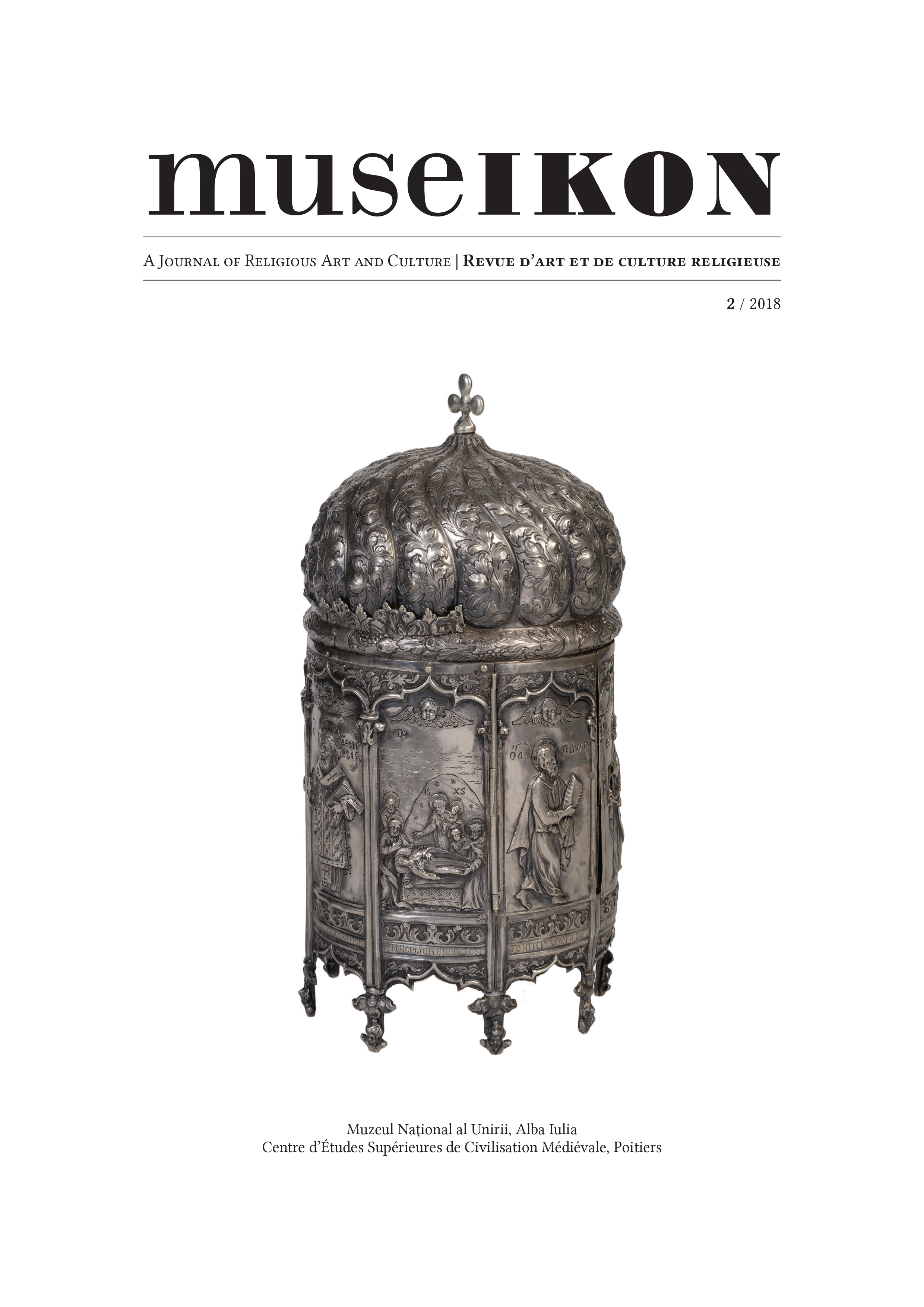
We kindly inform you that, as long as the subject affiliation of our 300.000+ articles is in progress, you might get unsufficient or no results on your third level or second level search. In this case, please broaden your search criteria.

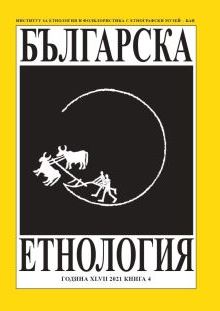
The periods of crisis that certain societies go through change the already established order. They provoke a rethinking of existence and the need to seek protection from above against what cannot be driven away by any means known to man. The late medieval post-Byzantine Balkan churches fully illustrate this. Some of them, especially those in the places directly affected by a certain epidemic, appear after such critical moments, and in their collection of images, the disease itself finds its own place, acquiring at the same time a set of anthropomorphic features. The protection of God or some of His saints is sought after when it comes to acting against the plague. The article tries in an interdisciplinary way (combining history, culturology and theory of art) to emphasize on the image of the plague in the Orthodox Christian image system. The motif of the Dance of Death (Danse Macabre), in which rulers,clergy and peasants are involved, was influenced by the “procession” of the infection throughout Europe and has been repeatedly discussed in the scientific literature.Within the Balkan Orthodox Christian folklore, the plague appears as a strange girl who is constantly scratching herself, or as an old crone - in most cases presented as a witch. People turn to St. Charalambos to be their intercessor before God and to relieve them from the trouble that befell them. The vernacular idea of St. Charalambos as a victor over the plague, which he captured and chained, is reflected in the church’s visual tradition.
More...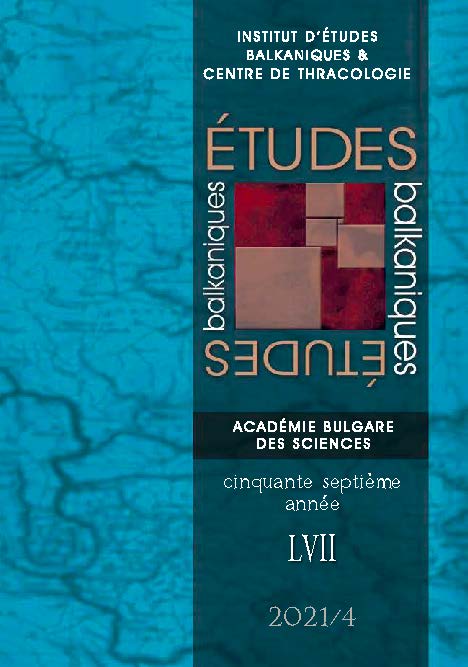
“The Law on Freedom of Religion or Beliefs and Legal Status of Religious Communities of 27 December 2019 is becoming a problem of “national survival”. The Serbian Orthodox Church (SOC) has not shared or accepted the efforts of the authorities in Podgorica to establish a Montenegrin identity. The authorities have qualified the attacks on the law as a challenge to Montenegro’s national, cultural and religious identity. The opposition claims that the Law is an offhand attempt to expropriate lucrative church properties. SOC has organized mass protests “in defense of the holy places against lawlessness”. Citizens are forced to choose among religious affiliation, national identity and affiliation to patronage networks. In 2020 the ruling party suffered its first electoral defeat in the past 30 years. The new government repealed the contentious provisions on church properties. Nevertheless, the dramatic “conflict of identities” in Montenegro remains unresolved.
More...
The exploration of the Romanian communist experiences and memories has generated several collective representations ranging from trauma of the past to everyday life images and narratives, communist memorabilia and nostalgic feelings. The role of literature and art in addressing the communist past has been increasingly more often included in the current debates. This paper argues that based on its visual constructions, comics expand the general knowledge of the past by targeting a segment of audience that may engage more deeply with visual expressions than with other memory media. Therefore, comic books can mediate the transgenerational transmission of memory and the reading of past narratives. Using as a case study a collective volume dedicated to the 1989 Romanian Revolution, this paper questions the use of graphics and narratives in (re)working past events and explores the dynamic of trauma, fear and violence in comics. Special attention is given to the way in which meaning is produced or conveyed and to the strategies used to address past events. Based on three interconnected instruments – content analysis, close reading and mise en scène – the graphics and narrative of the represented events are examined in relation with both the memory and the postmemory of the communist past.
More...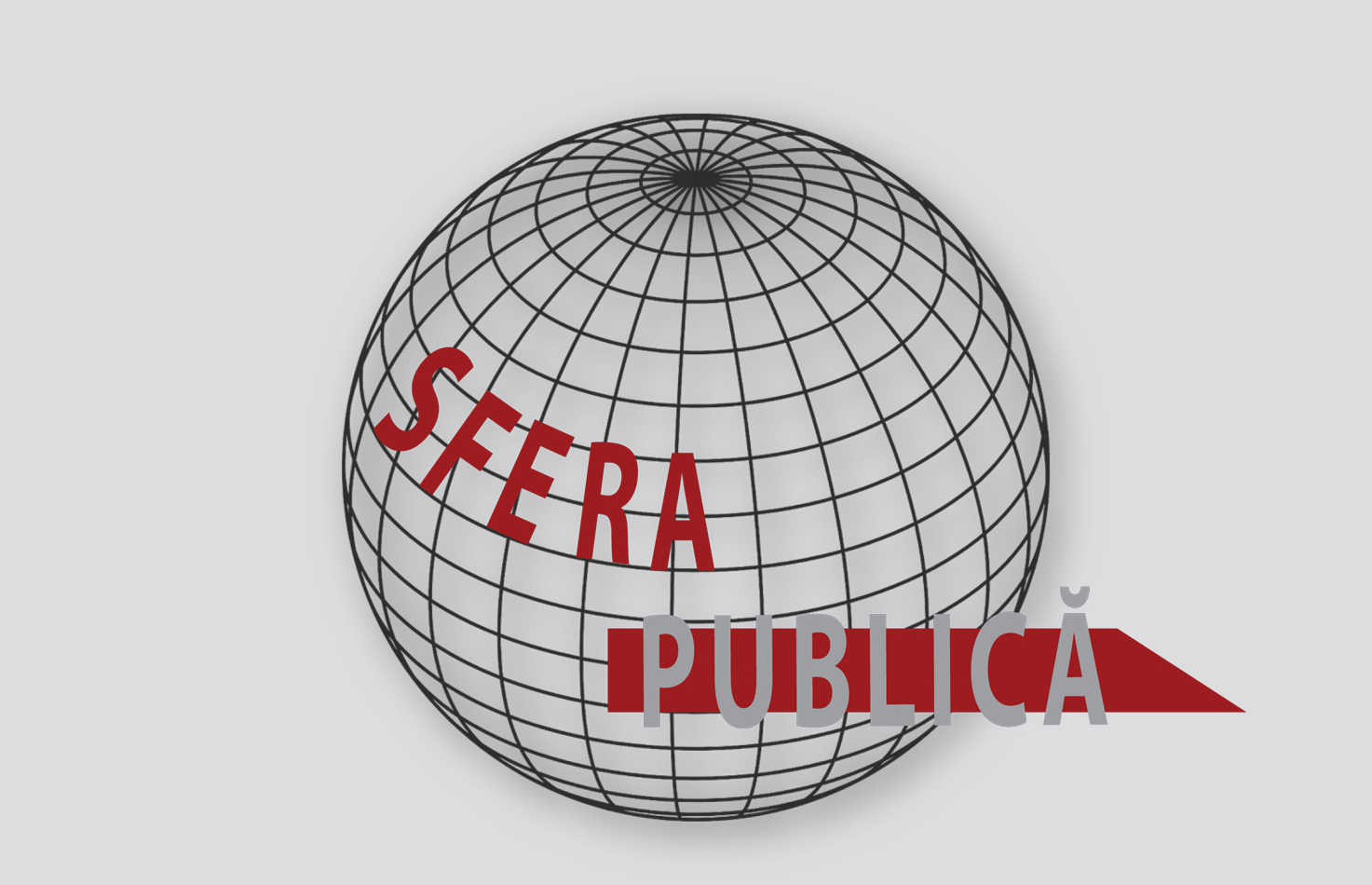
In this paper, we started from relatively simple ideas, often superficially treated, but with strong meanings. Is religion a taboo subject? Many commentators and political scientists don`t talk about the relationship between religion and politics, considering them as two totally opposite things. In the first phase, this is the answer that each of us would give, but approaching the subject in a broader spectrum, we will notice that things are different. It is true that religion has always been a universal factor in shaping human history and shouldn’t be associated with political controversies and disputes.
More...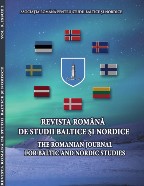
The 13th volume of The Romanian Journal for Baltic and Nordic Studies reflects some of the research presented at the 12th International conference on Baltic and Nordic studies titled “Rethinking multiculturalism, multilingualism, and cultural diplomacy in Scandinavia and The Baltic Sea Region,” which will be held on May 27-28, 2021, under the auspices of the Romanian Association for Baltic and Nordic Studies. RethinkMulti-Kulti2021 was called to reflect on multiculturalism, multilingualism, and cultural diplomacy in Scandinavia and the Baltic Sea Region 10 years after German Chancellor Angela Merkel predicted the end of German multicultural society. Many politicians with Conservative leanings praised the confirmation that the half-century-cherished multi-kulti “utterly failed,” and far-right gurus interpreted it as an omen. Furthermore, Merkel’s track record as a committed democratic-minded politician, EU leader, and proponent of migrant integration has garnered near-universal support for this argument. Furthermore, in academia, Merkel’s assertion has never been adequately questioned, but rather taken for granted. Meanwhile, policies governing multiculturalism and multilingualism in the EU and EEA have been stuck in a rut, particularly in what Fareed Zakaria properly refers to as illiberal democracies.
More...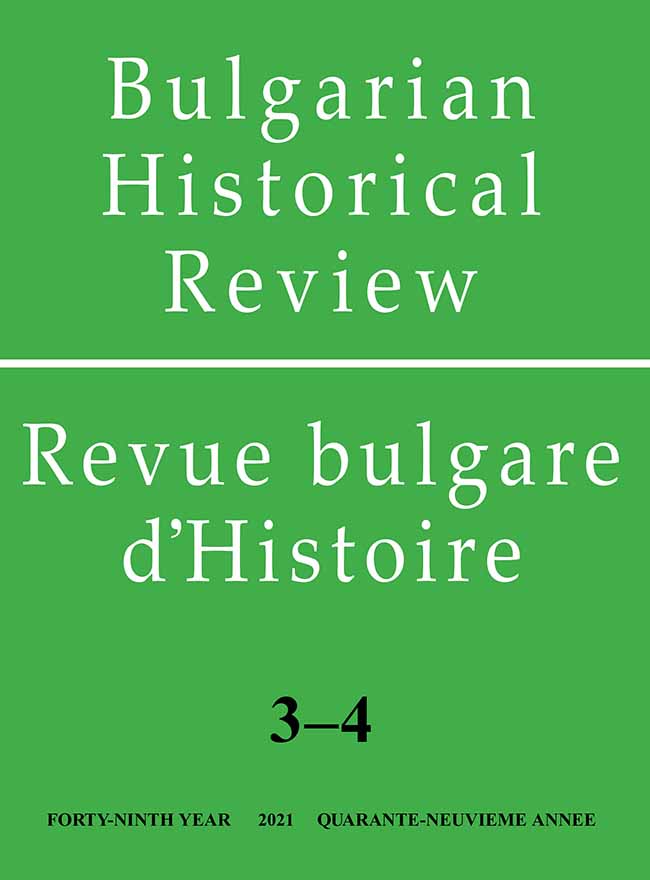
The emergence of the first Catholic parishes in the territory of Kosovo and Metohija is related to the development of mining, mainly in the settlements of German miners Saxons and the colony of traders from the coastal parts of the Serbian medieval state (Cattaro, Dubrovnik, etc.). The significance and influence of these trading colonies has experienced its climax at the time of the Serbian despots, while the question of the spiritual and administrative authority over these parishes reflects the pretensions of certain Catholic ecclesiastical centers to protect the interests and rights in the exercise of their obligations.
More...
This article compares the projects for the initial modernization of education among the Czechs, Slovaks, Vojvodina Serbs and Bulgarians, their conception, initiation and the social factors responsible for their implementation. The role of the clergy for the spread of Enlightenment ideas and the preservation of the literary tradition – a factor common to all peoples – is outlined. The connection between the literacy of the broad strata of the subjugated peoples and the development of the native language is analyzed. The author considers the reform of education in the general context of state policy, noting that while in the Habsburg monarchy it was a governance policy aimed at the general process of modernization of the state, in the Ottoman Empire the central government remained indifferent and the Bulgarian educational project was the work of wealthy patriotic emigration.
More...
The article is devoted to the 1934 philosophical and historical essay by Petar Mutafchiev entitled The Priest Bogomil and St. John of Rila. The Spirit of Negation in Our History (Поп Богомил и Свети Иван Рилски. Духът на отрицанието в нашата история), discussed in the context of both the author’s general historiographic output and the spiritual and cultural explorations of Bulgarian intellectuals in the interwar period. The study examines certain external influences on Mutafchiev’s scholarly work, first and foremost Benedetto Croce’s views on ‘absolute historicism’. It also investigates three central historiosophic concepts of the Bulgarian medievalist: 1) the ‘saltatory’ development of Bulgarian history, 2) the destructive impact of Byzantinism on the political, religious and cultural life of medieval Bulgaria, as well as 3) the superficial character of the Bulgarian people’s religion – the effect of receiving ‘foreign’ Christianity from the very same Byzantine hands. In this regard, Bogomilism appears to be an ‘external’ doctrine, having incorporated older dualist ideas, which passed through Byzantium and therefore also reflected the destructive Byzantinism to some extent. Mutafchiev’s original conception goes off the beaten paths of earlier views and testimonies, attesting to the excellency of both the essay itself and the historian’s overall vision of Bulgarian history.
More...

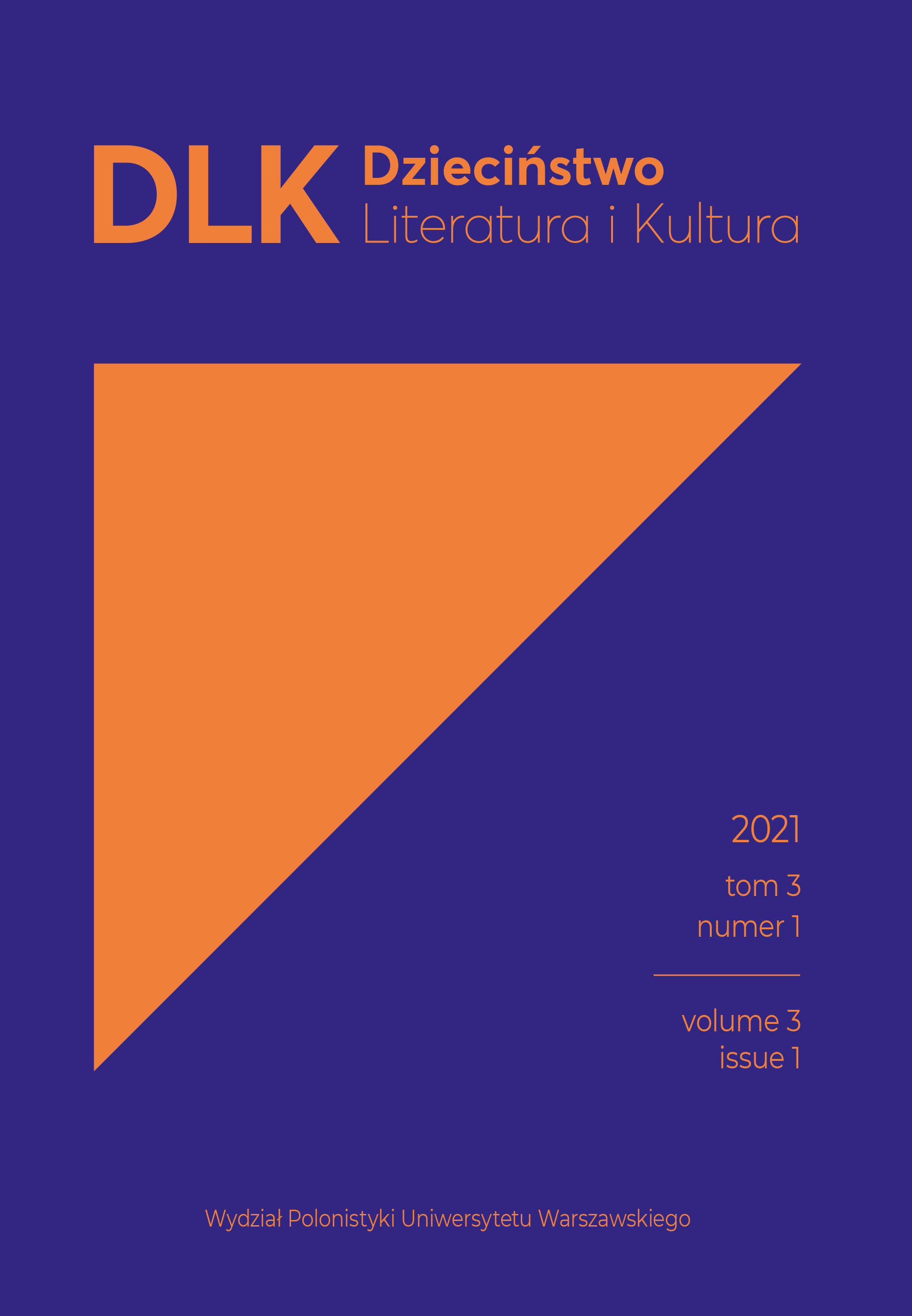

The author of this review article critically discusses the book Dzieciństwo w labiryncie getta. Recepcja mitu labiryntu w polskiej literaturze dziecięcej o Zagładzie [Childhood in the Labyrinth of the Ghetto: Reception of the Labyrinth Myth in Polish Children’s Literature about the Holocaust] by Krzysztof Rybak (2019). She examines the monograph in the context of, inter alia, the research already conducted in the field, literary works, architecture, memorials, the Holocaust victims’, survivors’, and witnesses’ testimonies, as well as in relation to the possible symbolic links of the Shoah and the antiquity. The paper’s conclusion is that children’s literature can hardly prevent the mythisation of the Holocaust, but Rybak’s book proves beyond doubt the perseverance of myth. The banalisation, simplification, and trivialisation of the Shoah, as well as the issues of appropriateness and memory, are also important concepts that frame the author’s reflections presented in this paper.
More...
The review article refers to the monograph Nasz Dom 1919–2019. Pedagogiki społeczne, miasto i dzieciństwo w praktyce Naszego Domu [Our Home 1919–2019: Social Pedagogies, the City, and Childhood in the Practice of Our Home], edited by Marcin Gołąb and Zuzanna Sękowska (2019). It touches upon the problem of the social construct of what a ‘home’ can be. Its purpose is to show how the book captures the process of creating Nasz Dom [Our Home] depending on the context, and to discuss what a description of such characteristics can offer to the contemporary society. The author begins the article by presenting the assumptions of social constructivists. Then, she refers to the main elements influencing the shape of the structure of Our Home: the place, social pedagogy, and children. The article refers to the relationship between the practiced model of upbringing and the paradigm of childhood studies that emerged later. Particular emphasis is placed on the subjectivity of the child and the process of creating its rights.
More...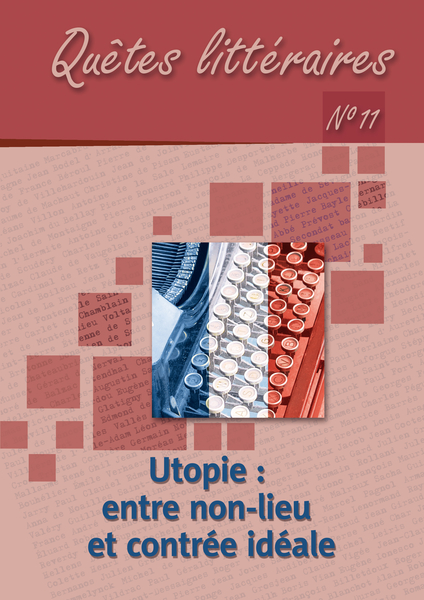
After recalling the figure of Pantagruel, a grandson of the king of Utopia and king of the Dipsodes - which makes it possible to evoke some of the properties of utopia, and in particular that which consists of searching within utopia itself for filial links it maintains with previous texts - the discussion is narrowed down to the figure of the king in the tradition of utopia, with Sylvain Maréchal's Last Judgement of Kings serving as an example. Next, attention is directed more specifically to the figure of the king of Poland, a figure particularly suited to stimulate the political imagination of Europeans in the 18th century, and then to the person of Stanislas Leszczyński - the only sovereign to have written a utopia. He is the author of the short novel Entretien d’un Européan avec un insulaire du Royaume de Dumocala, which is both faithful to the narrative model it helps to perpetuate and devoid of any revolutionary intentions.
More...
This article aims to analyze the Abbey of Thélème imagined by François Rabelais to get a clear idea about the initial utopian programme, by means of observing its shapes and limits. It will situate this work at an intersection between humanitarian values, contribution from More, spiritual crisis, and above all a pressing demand for renewal and novelty, resulting from societal and political criticism. It is from this opening statement that we will try to approach the structure, the project and the laws regulating and organizing this particular utopian society, before determining its limits. Attention will be paid to its construction, concrete and theoretical, in a parallel with the architecture of the convent Sainte-Marie de la Tourette designed by Le Corbusier. Thus, we will demonstrate how Rabelais’ linguistic games overstep the ideological project for the benefit of a new type of writing, complex and multifaceted. We will have to understand a lot of paradoxes which allow us to determine the importance of the literature beyond the initial utopian project.
More...
While included in Garnier’s collection, Azor, a little known work of Aunillon from 1750, does not follow the literary rules of most narrative utopias. However, the complex story presents critical thinking about the development of refined societies. The change which a mute community experiences on an island while learning to speak calls into question the future of this happy society, but no narrator’s commentary elaborates on this turning point in the utopia. In Azor, language becomes an ambiguous object which allows for the critical consideration of the steps necessary to access philosophical sophistication but also implicitly highlights problems associated with too hasty a progress. Through the narrative plot, the judgment on civilization reveals a subtle and skillful examination of hopes and challenges of the Enlightenment, articulated in a narrative utopia as in a laboratory of ideas. Aunillon's work is part of the debates of the mid-century by expressing a nuanced validation of civilization.
More...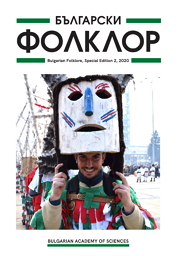
The article is a culturological and anthropological study of railway modeling in Bulgaria. The history, the social organization, and the cultural practices of the Bulgarian modelists are represented through the prism of their personal narratives and discourses shared in the public space. At the same time, railway modeling is conceptualized as a cultural microcosm with specific artistic “poetics”. The author also outlines some basic themes within the verbal and visual discourse: the aesthetics of the models, their technical precision, the image of the modelist as a creator, as well as the attitude towards Bulgarian railroads as cultural heritage.
More...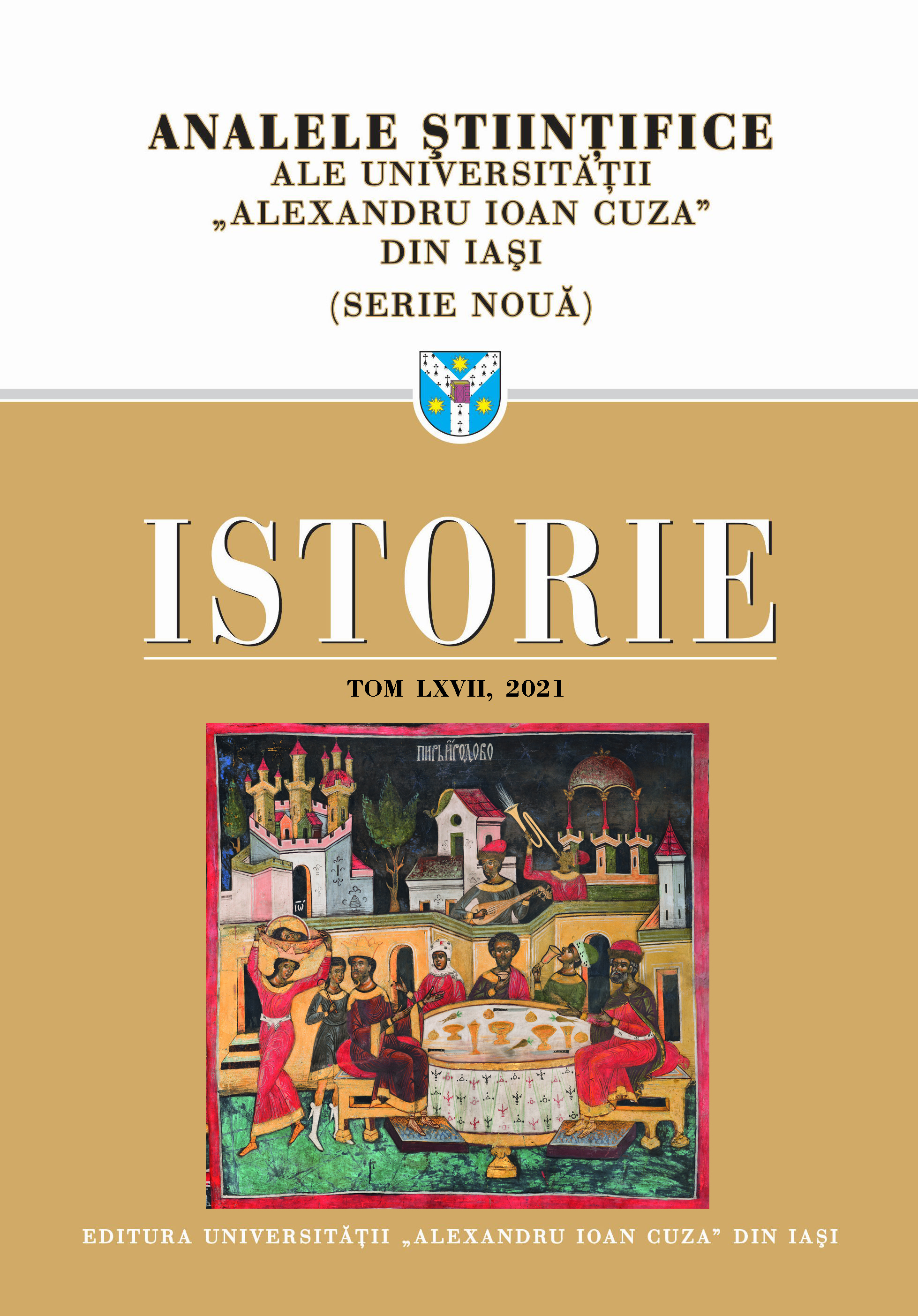
The Yugorock of the 70s-90s was not rejected a priori by the regime, as it occurred in the other socialist countries. The Communist Party believed that it was harmless as long as the authorities monitored it closely. The outbreak of the civil war in 1991 coincided with the “cultural” debut of turbofolk in Serbia and Serbian territories throughout Yugoslavia. It was characterized as a suburban culture movement, “tasted” by uneducated supporters of Slobodan Milošević’s style and that abounds in elements of kitsch by promoting peripheral messages such as “war glamour”, “greedy is cool”, “get rich quickly”, able to fascinate a decomposing society. In the last decade of the 20th Century, the hostile historical context turned Serbia of Slobodan Milošević into the victim of a predominant cultural “narcissism”, where certainties were eliminated and where the infallibility of the new Leader tended to become immanent.
More...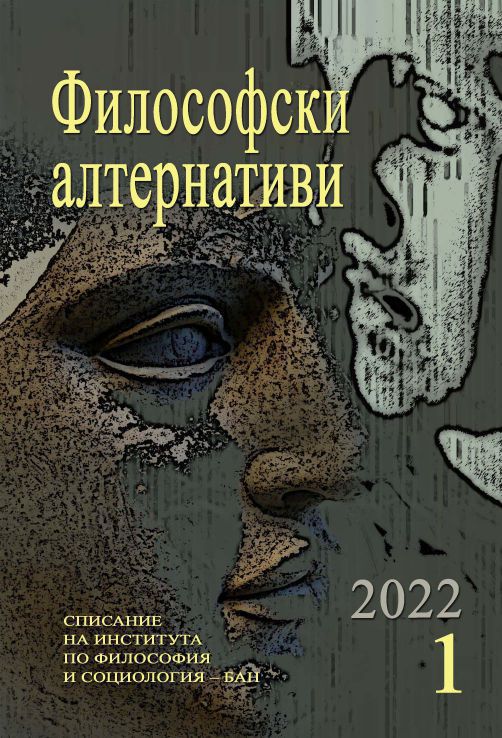
After 1989, the construction of industrially built residential blocks in residential complexes in Sofia was stopped. Until then, for two or three decades, they were the most important production for the construction of residential buildings in the capital according to the principles of modernism. Thousands of homeless people eagerly awaited them to be sheltered. Confusion ensued after the political changes in 1989, when attempts were made to implement the laws on the restitution of agricultural land within the complexes, despite the fact that these were “projects with implementation” and according to the Restitution Law no changes could be made there. The complexes, as well as the other constructions in progress, only had to be completed according to their designs. But it did not happen. In many places, “illegal restitution” of private agricultural land has begun, as well as spontaneous “privatization” of municipal and state lands and new construction in violation of the projects for the development of residential complexes. Their physical and social environment has changed radically and as a result the quality of life in them has deteriorated sharply. Thirty years after 1989, the residential complexes of Sofia have dramatically moved away from the principles of modernism and are almost everywhere in spatial and social degradation. An intensive process of anti-modernism is under way. Only recently the Sofia Municipality decided to introduce a policy to improve the living conditions of citizens in these territories – will it be able to realize and develop it and is it not too late?
More...